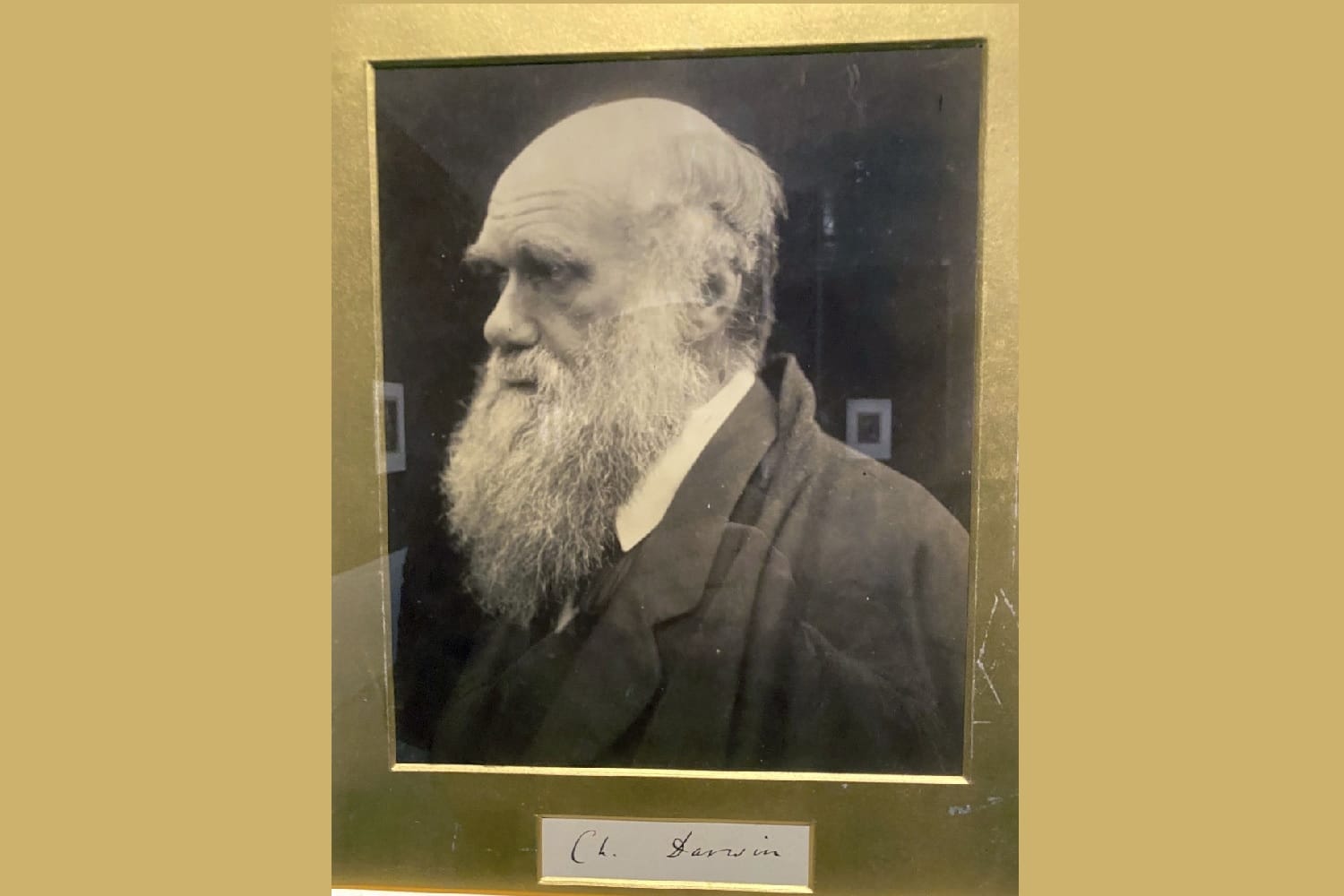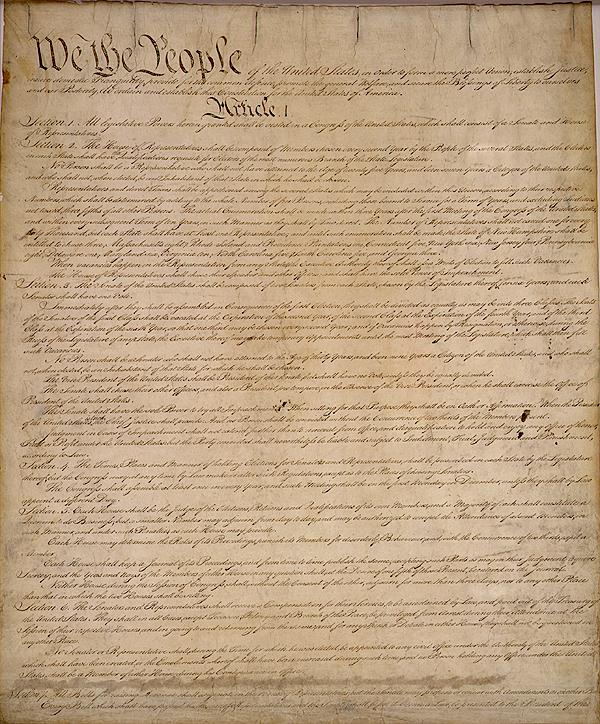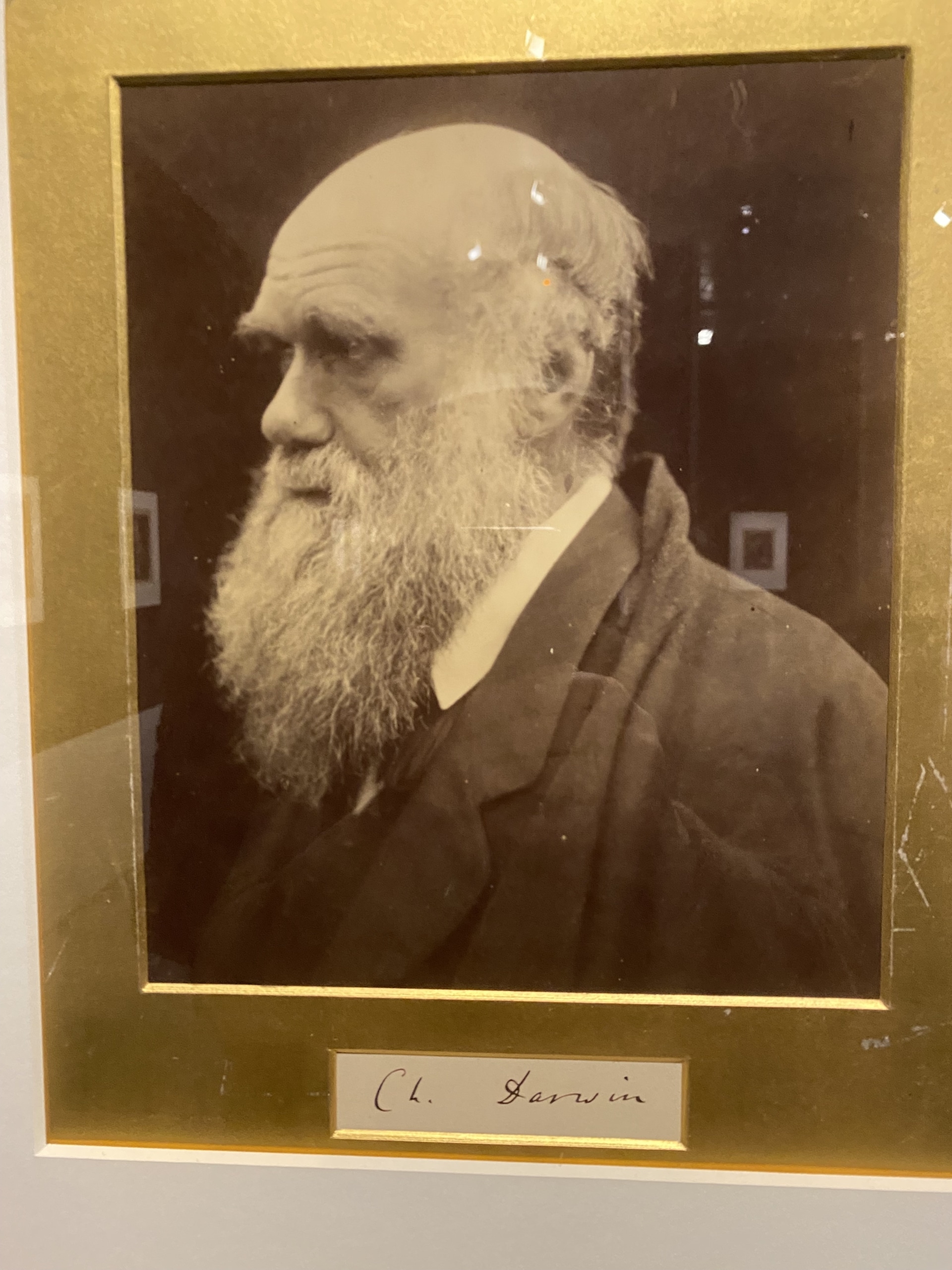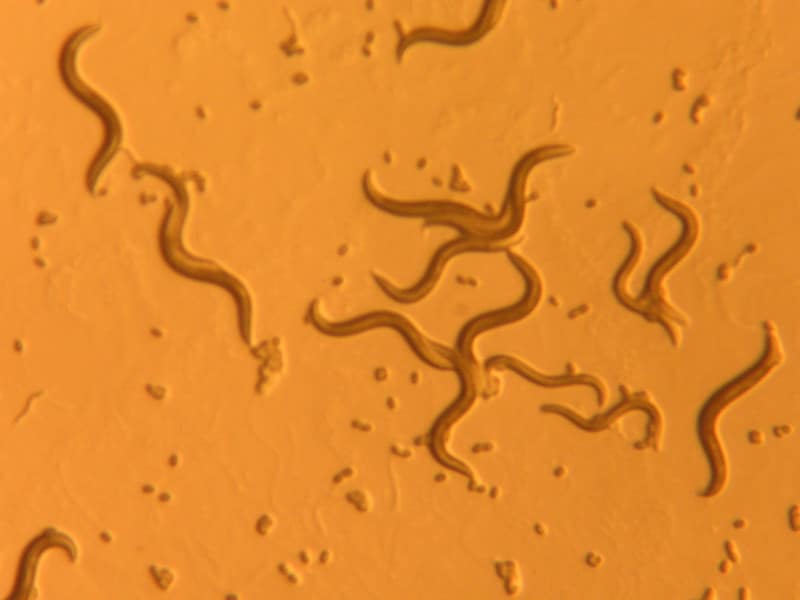Coming To Grips With Free Will
Agency
Michael Tomasello didn’t write about the evolution of free will. His book is called The Evolution Of Agency. Even so, I think we should understand Tomasello’s model as a partial defense of free will.
The idea behind the book is that the psychological processes that characterize our species are the result of evolution and evolutionary pressures. That includes agency. Recall from this post that Tomasello gives this description of agency:
…[I]n the current case, we may say that agentive beings are distinguished from non-agentive beings … by a special type of behavioral organization. That behavioral organization is feedback control organization in which the individual directs its behavior toward goals—many or most of which are biologically evolved—controlling or even self-regulating the process through informed decision-making and behavioral self-monitoring. Species biology is supplemented by individual psychology. P. 2,
This description of what we mean by agency doesn’t explain how we set goals. But I think as a first approximation that we set goals “through informed decision-making and behavioral self-monitoring”, heavily influenced by our families and communities through what Tomasello calls socially normative agency. We examine as many aspects of our situation as we can think of and handle, we apply our decision-making tools, we decide. Among the constraints for decision-making we consider the incentives and constraints of our society.
Once our goals are set, we consider the ways we might reach them, and choose the one that seems most likely to enable us to reach the goal. We monitor our results, and make adjustment as we go along, including changing the method of reaching the goal, or the goal itself, if that seems better to us.
Determinists
Some scientists deny the existence of free will, including Robert Sapolsky, a Stanford neurobiologist. He explains why he thinks we have no free will in this LA Times interview about his recent book Determined.
Here’s an essay in The New Yorker by Nikhil Krishnan, a philosopher at Cambridge, discussing the book in the context of philosophy. This article says that Sapolsky doesn’t define the term free will, but offers
a challenge. A man, Sapolsky invites us to imagine, “pulls the trigger of a gun.” That’s one description. Another is that “the muscles in his index finger contracted.” Why? “Because they were stimulated by a neuron,” which was in turn “stimulated by the neuron just upstream. . . . And so on.” Then he throws down the gauntlet: “Show me a neuron (or brain) whose generation of a behavior is independent of the sum of its biological past, and for the purposes of this book, you’ve demonstrated free will.”
First, how exactly would that kind of free will have evolved?
Second, that’s not how people think of free will. In normal usage free will is about the ability of the individual to make choices among alternatives, a view central to Tomasello’s model. I could shoot my gun, or I could not shoot my gun. Both are within the range of possible actions, and I can choose between them. Sapolsky thinks the fact that I don’t shoot is the result of every bit of experience in my past, and that I had no real choice. Someone else with a different past might not have any choice but to shoot. Tomasello, I think, would say that I can think rationally about whether or not to shoot the gun, examine the possible consequences, determine which action accomplishes my goals, and act on that reasoning
Examples
1. If someone had asked me 30 years ago what my favorite color is, I would not have had much of an answer. I might have said I don’t have one, or I might have said British Racing Green; or maybe blue, which is close to a non-answer. Today I would say jewel tones: ruby red, dark blue sapphire, intense emerald green. I can point to several reasons for this change. One is seeing the lapis lazuli blues of early Renaissance Sienese paintings of the Virgin Mary, and a ring we bought, gold with tiny sapphires.
2. Lake, a deeply conservative Trumpish Republican, attends a work-related dinner with their partner. Lake doesn’t know anything about the people at the table. The conversation turns to politics. Lake doesn’t want to impede their partner’s career, and keeps quiet.
3. Albert Einstein at the age of 16 imagines what he would see if he were riding side by side with a beam of light. A few years later he suddenly realizes the implications of the answer.
Analysis of examples
1. Favorite color doesn’t implicate goals. It seems to be about recognizing a thing that gives us pleasant feelings. The example asks if we can know whether a thing gives us pleasure, not whether we can choose what gives us pleasure.
It seems likely that we can train ourselves to take pleasure in things. I like opera, but that wasn’t always so. I learned to like opera by attending operas, listening to opera singers, and eventually singing opera chorus. How exactly does that relate to free will? Would Sapolsky say I had no choice in the matter?
2. This example seems fairly close to the foraging examples used by Tomasello, including the ones about our early modern human ancestors. Each person in the group has to play a role. Lake’s role is not to irritate the other people at the table and hurt Lake’s partner’s ability to bring home the bacon. Was that an exercise of free will by Lake?
3. I chose the Einstein example because I’ve always thought it was a singular insight into an otherwise intractable problem. The greatest works of art, music, literature and inquiry also show us a singular insight into our world, other people, and ourselves.
This example seems to combine elements of the first two. Why was Einstein thinking about this bizarre hypothetical at age 16? How much of the solution he eventually reached depended on the fact that other people were thinking about and working on that problem? Would Sapolsky agree that this is so far outside normal human behavior that it qualifies as free will? Is the concept of free will relevant to this example?
Conclusion
Of course, there isn’t an answer to this disagreement, so here’s what I think. Our bodies, including our cognitive processes and our psychological processes, co-evolved in a way that encouraged collaboration as a survival tactic. We learned to cooperate in gathering food, making simple tools and clothing, and protecting the group. It turns out that the cognitive and psychological processes we evolved are useful for other things, like making music, decorating plates and bowls, and inventing airplanes. They can be used for darker purposes. They can be used for highly abstract purposes, like set theory and surreal poetry.
We can also act rationally, just like Einstein thinking about the nature of light. We can force ourselves to examine as best we can the likely outcomes of our actions. We can use that skill to decide what we want and how best to get it. We can choose to act on the results of that rational thought or not. That’s enough free will for me.




 creative commons
creative commons